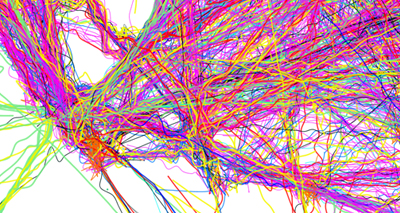
If you decided you don’t like a change but don’t remember what the default color was, you can always change it back by selecting “Reset” and “This page only.” This will revert all colors to their default settings. Several options exist for colors under system options. Here, I have specified a color to indicate when a dimension is driven by a design table.Įxplore All the Options, or Revert to Default The same process can be used to change the colors of different types of lines or dimensions in part files. Change the color in the same fashion as you changed the paper color. To change the color of model edges in drawings, scroll down to Drawings > Visible Model Edges. You can choose predefined colors, or create your own from the color plot and by entering the RGB information. Click edit to open the dialog box that lets you select the color. Scroll down to Drawings > Paper Color and select it. Under Color scheme settings you will find a list of all the different items that can have custom colors assigned to them. To see what colors you can change, click on Tools > System Options, and select Colors. Now each pricing table instance can be color-differentiated with just a few clicks.Want to add emphasis on your SOLIDWORKS drawing with custom colors and create a unique drawing by controlling more than just the title block or annotations? SOLIDWORKS lets you specify the color of paper, borders, lines, and sketches as well as allowing you to customize the colors of sketch lines in a part file. Now that each colored box used in this pricing table comes from a symbol nested inside, I can head over to the Inspector and choose a different swatch from the dropdown menu. It’s just just as stretchable as any other rectangle. When it’s time to create a rectangle with a color or gradient fill, use your symbol instead of using the rectangle tool.

Just make a square for a color fill, select it, and click Create symbol on the Toolbar. So, why not create a symbol that’s essentially just a color swatch? It can’t get distorted when stretched, it can be swapped out on the fly, and it can be used to make global changes. And it just so happens to be the key to overriding colors. In addition to being able to change text and images within a symbol instance from the Inspector, we can also swap out a symbol used inside the parent symbol for a different one (as long as it’s the same exact dimensions).

The color of an object within the symbol simply isn’t available to change here.īut there is one last element that can be overridden… 2. Once you have a symbol on your canvas, you’ll find that any text layers or images within it show up on the Inspector as overrides that you can replace on an instance-by-instance basis. Let me start by saying this won’t work for absolutely everything, but it will work for blocks of color and more complex shapes with the help of masks if you want to get crazy.
#CHANGE COLORS IN FLYSKETCH DOWNLOAD#
To see the finished product and poke around with it, download the Sketch project file here.
#CHANGE COLORS IN FLYSKETCH HOW TO#
Learn how to switch to Sketch in our free video course.

So, let’s work around that.įor those who prefer reading to watching, get the step by step below. While you can override text and images within a symbol, you can’t override the color of something. Thanks to symbol overrides in Sketch, it’s never been more realistic to turn nearly everything in sight into a symbol for future reuse and syncing.īut there’s one inevitable brick wall you’ll eventually hit. If you’re anything like me, you use symbols in Sketch every chance you get-pretty much any time you use an element more than one time in your document.


 0 kommentar(er)
0 kommentar(er)
